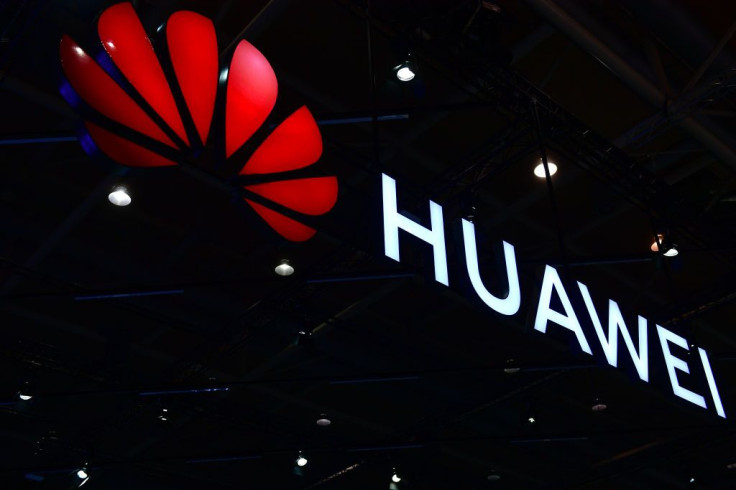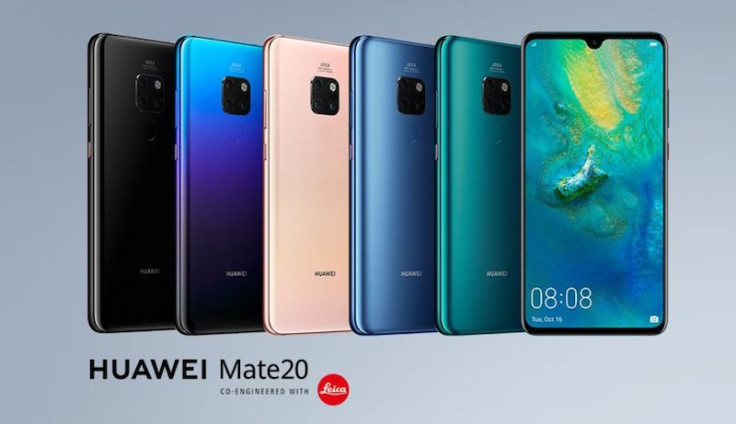Huawei Mate 20, Mate 20 Pro Officially Announced With Triple-Camera Modules

Huawei has officially announced the Huawei Mate 20 and the Mate 20 Pro, and both of the flagship Android phones have triple-camera modules on the back. The two models share a lot of the same specs, but their differences are also significant.
Internal Specs
The Huawei Mate 20 and Mate 20 Pro are both powered by the company’s own 7nm Kirin 980 processor that’s accompanied by dual NPUs and a Mali G76 GPU. The “Pro” model comes with 6GB or 8GB of RAM and 128GB of storage, while the regular Mate 20 comes with 4GB or 6GB of RAM and 128GB of storage. Both handsets have expandable storage of up to 256GB, but Huawei is implementing a nano memory card solution rather than the typical microSD card, according to Android Authority.
The Huawei Mate 20 Pro can wirelessly charge other devices https://t.co/aZv22qnx2P pic.twitter.com/1jMhkplw63
— The Verge (@verge) October 16, 2018
The Huawei Mate 20 comes with a 4,000mAh battery, while the Mate 20 Pro comes with a slightly larger 4,200mAh battery. Both support Huawei’s SuperCharge wired fast charging solution, but the Pro supports up to 40W, while the regular Mate 20 supports up to 22.5W.
The handsets also support Qi fast wireless charging at 15W, but the Mate 20 Pro takes it a bit further. The Mate 20 Pro can be used to wirelessly charge other Qi-enabled devices. For example, users would be able to place an iPhone X on the back of the Mate 20 Pro to charge its battery.
Design & Display

The Huawei Mate 20 and Mate 20 Pro both feature curved glass designs that’s a bit reminiscent of the Galaxy S9. The regular Mate 20 comes with a rear-mounted fingerprint sensor, while the Mate 20 Pro comes with an in-display fingerprint scanner. Both handsets come with a square-shaped camera module on the back that houses the triple-camera system. The Pro model is also rated IP68 water and dust resistant.

The Mate 20 comes with a 6.53-inch LCD display with a resolution of 2244 x 1080 and an aspect ratio of 18.7:9. The display features a tiny notch on top that’s also called the “Dewdrop” notch. Meanwhile, the Mate 20 Pro comes with a 6.39-inch OLED display with a resolution of 3120 x 1400 and an aspect ratio of 19.5:9. The Pro comes with an iPhone X-like notch. The displays on both handsets have support for DCI-P3 HDR.
Cameras
Although both models have triple-camera systems on their backs, they do differ in some aspects. The Huawei Mate 20 Pro comes with a 40MP standard camera, a 20MP ultra-wide angle camera and an 8MP camera with 3x telephoto zoom lens. Meanwhile, the regular Mate 20 comes with a 12MP standard camera, a 16MP ultra-wide angle camera and an 8MP camera with 2x telephoto zoom lens. Although the setups are different, at least both of them all feature optical image stabilization.
Up front, the Mate 20 Pro comes with a 24MP selfie camera that’s accompanied by a dot projector, a time-of-flight proximity sensor, a flood illuminator and an infrared camera. All of them work together to bring Huawei’s version of Face ID to work. The regular Mate 20 still has the 24MP selfie camera, but it’s not accompanied by the aforesaid sensors. That may be a letdown for many, but at least the Mate 20 has a smaller notch.
Software & AI
The Mate 20 and Mate 20 Pro will both run Android 9 Pie straight out of the box with Huawei’s EMUI 9 skin running on top. With the Kirin 980 processor, Huawei has significantly improved its artificial intelligence features on both handsets. The main function of Huawei’s AI is to minimize the degradation of performance over time by automatically optimizing the phones’ systems, according to The Verge.
Huawei’s AI is also responsible for image and video processing for the triple cameras. The software is able to detect and recognize objects inside the camera frame and the AI will process images based on what was captured. Likewise, the AI will also help out in implementing filters and other color profiles for taking videos to provide a more cinematic look.
Price & Availability
The Huawei Mate 20 starts at €799 (around US$925), while the Mate 20 Pro starts at €1,049 (around US$1,214). Both devices are available to order now in Europe. Huawei is releasing the handsets in the U.K., France, Italy and United Arab Emirates, according to Phone Arena.
© Copyright IBTimes 2024. All rights reserved.





















